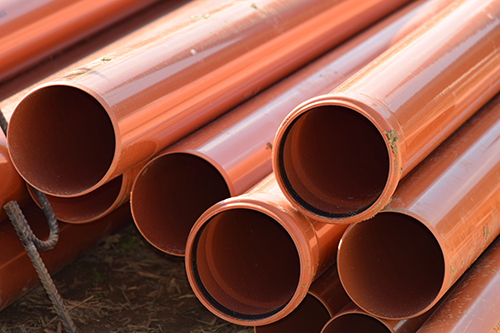Uncovering Opportunities for Industrial Circular Economy Exchanges in Maine

Sponsor: Mitchell Center for Sustainability Solutions
Team Leaders:
- Dr. Reed Miller, Assistant Professor, Department of Civil and Environmental Engineering, UMaineTeam Members:
- Dr. Cindy Isenhour, Associate Professor, Department of Anthropology, UMaine
- Dr. Jean MacRae, Associate Professor, Department of Civil and Environmental Engineering, UMaine
- John Belding, Director, Advanced Manufacturing Center, UMaine
Partners:
- UMaine Materials Management Research Group
- Manufacturers Association of Maine
- Maine Resource Recovery Association
- Maine Municipal Association
- Governor’s Office of Policy Innovation and the Future
This two-year project will study opportunities to reduce Maine’s non-hazardous industrial waste (NHIW); items like cellulose trimmings, leather, sandblast grit, and pulp mill waste that are typically landfilled. These waste products are not considered a significant human health or environmental risk, but disposing of them is expensive for manufacturers. Keeping NHIW out of the waste stream is an important strategy for climate change mitigation, efficient resource use, and pollution reduction.
Drawing on the “one man’s trash is another man’s treasure” adage, a multidisciplinary collaboration of UMaine researchers and several partners will explore how NHIW can be reused or repurposed in the circular economy. A circular economy refers to a system that keeps materials and products in circulation for as long as possible.
The exchange of waste products between manufacturers — industrial symbiosis — is one component of a circular economy. Using leftover waste yeast from the beer brewing process to grow algae to feed oysters is an example of this type of manufacturer exchange.
“While there are several organizations and firms in Maine that deal with waste management, there is not yet a cross-cutting network of stakeholders working together to address circular economy solutions to industrial waste,” explained the project team.
The grant builds upon the Waste to Wares project started by the Manufacturers Association of Maine (MAME). In 2019, MAME conducted a feasibility study that worked with 20 manufacturers to identify underutilized manufacturing waste streams and sought to identify potential end users. Because of COVID-19, the project Waste to Wares did not move forward.
In year one of this grant, the research team and their partners will conduct a series of in-person workshops with manufacturers to share and collect information on opportunities for industrial symbiosis in Maine. Surveys will also be used to collect information from interested manufacturers. This work will be supported by a full-time master’s student and a part-time undergraduate student.
In year two, the findings from these meetings and surveys will be analyzed and interpreted with the creation of an ArcGIS StoryMap which will provide a graphic representation of opportunities for material exchanges in Maine. At a final virtual workshop, the group will formally launch the Maine Industrial Symbiosis Network and share their survey results and ArcGIS StoryMap to a larger audience.
